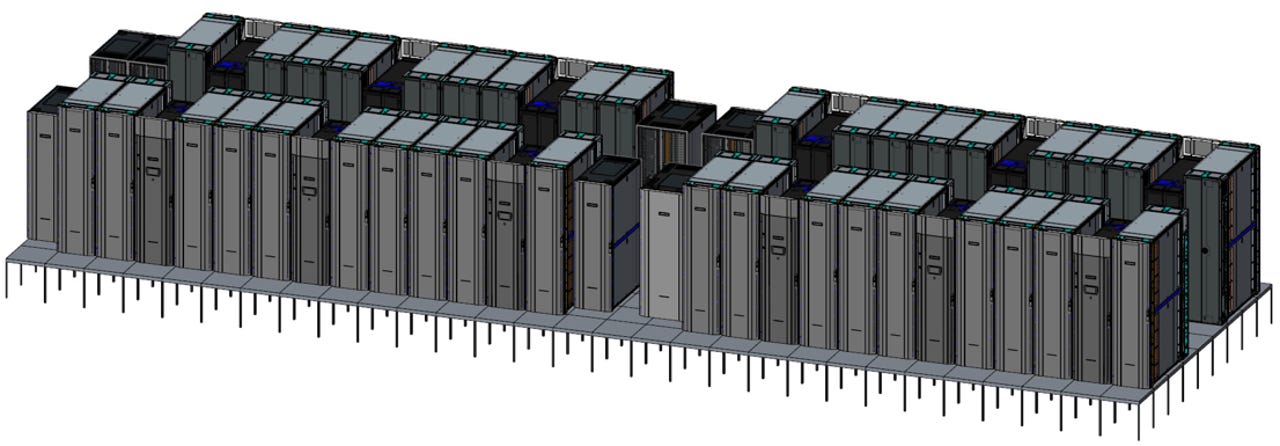HPE announces world's largest ARM-based supercomputer


Rendering of Astra, the world's largest ARM-based supercomputer.
The race to exascale speed is getting a little more interesting with the introduction of HPE's Astra -- what will be the world's largest ARM-based supercomputer.
HPE is building Astra for Sandia National Laboratories and the US Department of Energy's National Nuclear Security Administration (NNSA). The NNSA will use the supercomputer to run advanced modeling and simulation workloads for things like national security, energy, science and health care.
TechRepublic: The world's 25 fastest supercomputers
HPE is involved in building other ARM-based supercomputing installations, but when Astra is delivered later this year, "it will hands down be the world's largest ARM-based supercomputer ever built," Mike Vildibill, VP of Advanced Technologies Group at HPE, told ZDNet.
The HPC system is comprised of 5,184 ARM-based processors -- the Thunder X2 processor, built by Cavium. Each processor has 28 cores and runs at 2 GHz. Astra will deliver over 2.3 theoretical peak petaflops of performance, which should put it well within the top 100 supercomputers ever built -- a milestone for an ARM-based machine, Vildibill said.
The HPC ecosystem up to this point has been dominated by x86-based technologies.
"The government views ARM as one of several microprocessors that are important for achieving exascale in the future," Vildibill said. Like other governments around the globe, the US has supported supercomputing research because "when they look at the technology trends today and look at their requirements out a few years in the future, they see a gap."
Last year, the US committed to investing $258 million over three years in an effort to develop a supercomputer capable of hitting one exaflop. Along with HPE, the money was awarded to AMD, Cray, IBM, Intel, and Nvidia.
James Laros of Sandia National Laboratories said in a statement that the lab is collaborating with HPE to advance the ARM ecosystem "and prove the viability of this architecture to support our national security mission."
Astra will run on the HPE Apollo 70. HPE is also delivering a power-efficient liquid cooling system, called the MCS-300 cooling unit, that is more efficient than traditional air-cooled solutions. They're also providing an optimized storage solution that offers an all-flash Lustre filesystem for extreme bandwidth and reduced latency on data access. This parallel filesystem allows all processors to access the same file simultaneously.